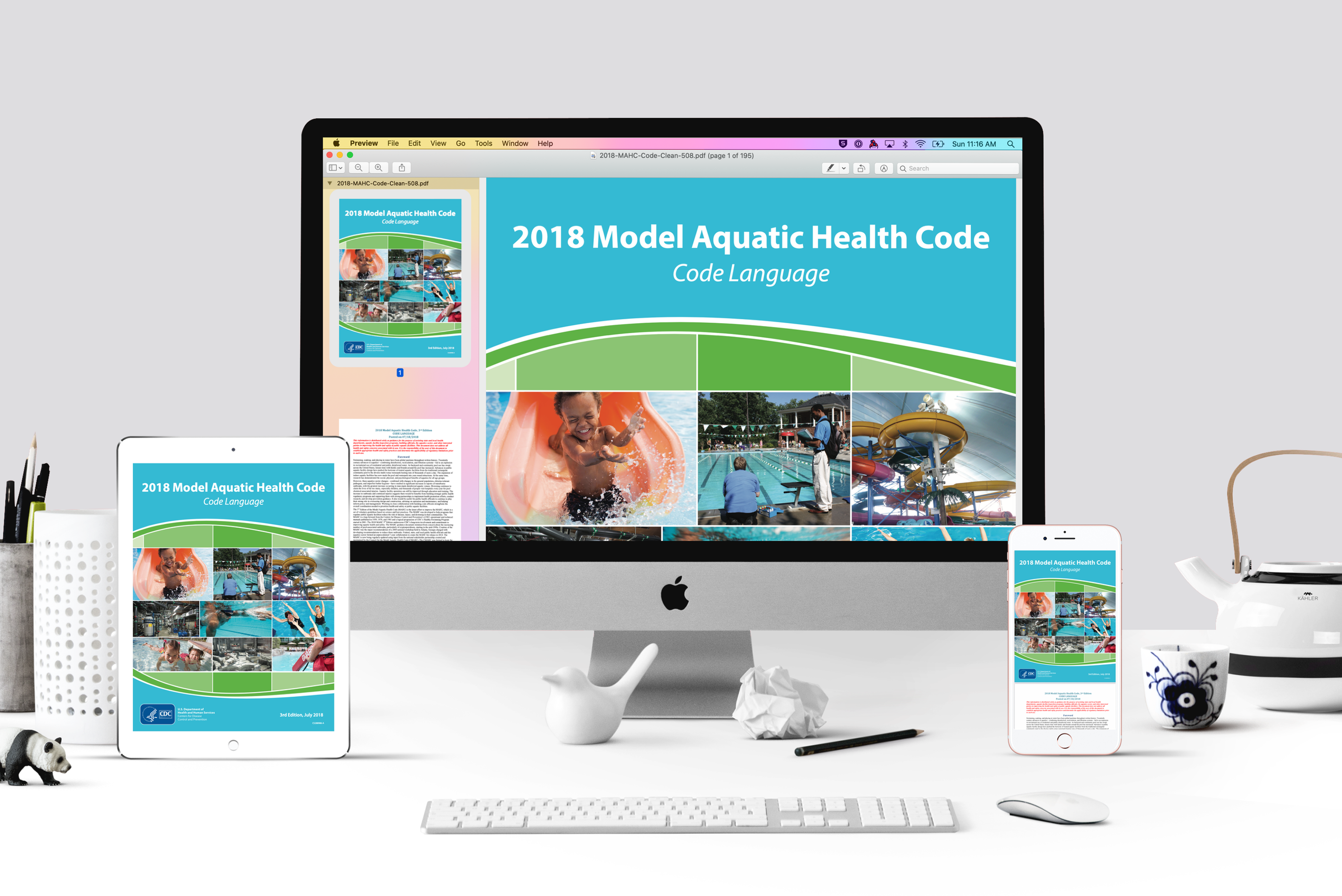Code
An adequate supply of first aid supplies shall be continuously stocked and include, at a minimum, as follows:
1) A First Aid Guide,
2) Absorbent compress,
3) Adhesive bandages,
4) Adhesive tape,
5) Sterile pads,
6) Disposable gloves,
7) Scissors,
8) Elastic wrap,
9) Emergency blanket,
10) Resuscitation mask with one-way valve, and
11) Blood borne pathogen spill kit.
Annex
The first aid supply list is based on the ANSI/ISEA Z308.1-2009 standard for a Workplace First Aid Basic Kit. The listed contents are based on the items needed, but the quantities are not specified to allow for flexibility based on the size of the AQUATIC FACILITY, the anticipated BATHER COUNT, anticipated number and types of injuries, and the number of first aid locations. Topical supplies such as antibiotic cream, burn gels, and antiseptics were removed because this poses a scope of practice issue for the level of training typical to lifeguarding.
The operator should provide enough supplies that the kit does not need continuous restocking. There should be enough supplies to last between first aid kit supply inspections, plus the time needed to obtain and replace the supplies. The contents should be inspected and resupplied often enough to maintain the supplies in good condition.
The supplies must be stored in such a manner as to protect them from moisture and extremes of heat and cold that will cause deterioration. Supplies must be periodically checked for expiration dates and replaced as needed.
A biohazard cleanup kit was included as lifeguards often deal with body fluids on surfaces such as vomit, feces, and blood. According to OSHA, “Generally, lifeguards are considered to be emergency responders and, therefore, would be considered to have occupational exposure. Emergency response is generally the main responsibility of lifeguards, therefore, such duties could not be considered collateral. Although it is the employer's responsibility to determine which, if any, of the employees have occupational exposure, employers of lifeguards should examine all facets of the lifeguard's emergency response duties, not just "retrieval from deep water." As a result, lifeguards are covered under OSHA 29 CFR 1910.1030 Bloodborne Pathogens standard, which speaks to having contact with individuals that may be injured and bleeding. As a result, employers are required to offer all the protections of the Bloodborne Pathogens STANDARD. Management should also consider how bloodborne pathogen training is integrated with training for environmental and/or water-based clean-up of feces and other body fluids (See MAHC Section 6.5).
The MAHC chose to compile this list after reviewing the contents of several kits that were commonly available.
One complete bloodborne pathogen spill kit is needed at the AQUATIC FACILITY. Example of minimum suggested contents:
* Disposable gloves*;
* Disposal gown or apron, facemask, shoe covers;
* Face Shield;
* Anti-microbial wipes;
* Biohazard Bag;
* Disinfectant (ex. calcium hypochlorite packet – 1 oz.);
* Absorbent materials or fluid solidifier (~20 gm);
* Scoops for solidified material;
* Scraper; and
* Instructions for use.
* Do not use latex gloves. Gloves should be single use, vinyl or nitrile, and non-powdered. Gloves should be disposed of after one use. Fit is important. It is recommended that 4 to 6 mil. gloves be used.
** It is suggested that a kit be assembled, put in a container and sealed to assure the contents are still intact when needed. After use, a new kit is provided or the container is restocked and resealed.
In addition to the AQUATIC FACILITY kit, lifeguards should carry basic PPE for immediate use during initial exposure to feces, vomit, and small amounts of blood until the full kit arrives at the treatment scene.
AEDs were considered to be included in this list, but due to the requirement for medical direction for AED use by trained rescuers, it was not included as it may not be within the AHJ's authority to mandate such equipment. However, AEDs are widely used and can be used for submersion events and any cardiac incident. If local protocols can be established, it is recommended to have an AED.

